Following Anesthesia:
If you have had sedation or general anesthesia, you should not drive a car or operate machinery for the remainder of the day and night.
Companion: Have someone stay with you the day and evening after your surgery.
Sleep: Sleep with your head elevated the first 2-3 days after surgery.
Exercise: Do not exercise or perform strenuous activity for 1 week after your surgery. Get plenty of rest.
Post-Operative Medication: There is a purpose for your prescription medications and the timing of your medication dosages. Take your medication as it is prescribed. You may take your first dose(s) as soon as you arrive home and are able to get some food in your stomach. You will want to have the medication start working before your numbness wears off.
FOOD AND FLUIDS AFTER SURGERY:
- The best way to avoid dehydration is to drink plenty of fluids. Water is a great choice.
- Be careful what you try to chew while you are still numb as you may injure (bite) yourself without realizing it. Also, avoid extreme temperatures of food and liquids while you are still numb.
- Avoid spitting and avoid using straws for 1 week. This can dislodge the healing clot(s) in your socket(s), delay the healing process, and cause significant pain.
- For optimal healing, eat soft foods high in protein and carbohydrates. Some food options include Mashed potatoes, pasta, smoothies, milkshakes, Jell-O, apple sauce, fish, deli meats, eggs, soups, pudding, bananas, and pancakes.
- Avoid any food that is sharp, crunchy, or abrasive such as crusty bread, bagels, chips, peanuts, popcorn, pretzels, and sunflower seeds.
- As your surgical sites heal and chewing becomes more and more comfortable you will be able to advance your diet.
BLEEDING:
- It is normal to have some bleeding after surgery. You may have blood-tinged saliva for a day or so. Your body will form a blood clot at each surgical site which is part of the healing process. It is important not to disturb the clot(s). This can delay healing and can also be extremely painful.
- Roll moistened gauze into a thick roll and place it directly over the surgical site(s). For wisdom teeth, use one roll of moistened gauze on each side of your mouth over your surgical sites. Bite on the gauze with gentle pressure for 20-30 minutes each time you place it. The biting pressure controls the bleeding. If some bleeding continues after changing your gauze in 20-30 minutes, replace it with new moistened rolls of gauze. If you run out of gauze, a moistened tea bag may be used instead of gauze. The tannic acid in tea helps the blood clot more quickly.
- Excessive bleeding may be controlled by first rinsing or wiping any old clots from your mouth, then placing a moistened roll of gauze over the area and biting firmly for thirty minutes. If bleeding does not subside, call for further instructions.
SUTURES:
- Your sutures will dissolve on their own in about 5-10 days.
TOOTHBRUSH:
- A clean mouth reduces the chance of infection. You can start brushing after your numbness wears off. Brush with a soft or extra-soft toothbrush while being gentle around the surgical sites.
- Some bleeding is normal when brushing during the week after surgery.
CONTROL OF SWELLING:
- Swelling is common. It will usually not become fully apparent until the day following surgery and will not reach its maximum until 2-3 days after surgery.
- To help decrease swelling, use ice packs as often as possible during the first 48 hours after surgery unless you are sleeping. You can alternate 20 – 30 minutes on (place the ice packs against the sides of your face where the surgery was performed) and 20-30 minutes off (place the ice packs in the freezer). Bags of frozen peas can also be substituted for ice packs.
DISCOLORATION
- In some cases, discoloration of your skin follows swelling. The development of black, blue, green, or yellow discoloration is due to blood spreading beneath your tissues. This is a normal post-operative occurrence, which may occur 2-3 days postoperatively and fade over time. Moist heat applied to the area may speed up the resolution of the discoloration.
IRRIGATION SYRINGE INSTRUCTIONS:
- If your surgical sites are stitched closed (no holes or tooth sockets), you do not have to use the irrigation syringe.
- Do not irrigate your sockets until at least 1 week after surgery so that you don’t dislodge the blood clots.
- Only rinse the lower sockets since gravity helps food naturally rinse out of the upper sockets.
- Fill the syringe with room-temperature water. Gently place the tip of the syringe down into or just over the sockets and flush them out over a sink. Expect to see some food or maybe even a small amount of blood. This is normal. Rinse a few times until the sockets are free of food. Do this before brushing in the morning and before brushing at night.
ADDITIONAL ITEMS:
- A slight elevation in your temperature immediately following surgery is not uncommon. Notify our office if this persists.
- Be careful moving from a lying-down position to a standing position. You could get light-headed when you stand up suddenly. Before standing up, you should sit for one minute and then get up.
- If you notice continued numbness of your lip, chin, or tongue, there is no cause for alarm. This is usually temporary in nature. Please call us if this persists.
- Occasionally, patients may feel a hard area in their mouth not covered by gum tissue. What you are most likely feeling are the bony walls where your tooth used to be.
- Stiffness (Trismus) of the jaw muscles may cause difficulty in opening your mouth for a few days following surgery. This occurs with post-operative swelling and should improve after the first few days. If this isn’t improving or is getting worse, please call us right away.
If you have any after-hours post-operative concerns, please call us at (206) 876-9714.




